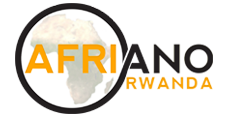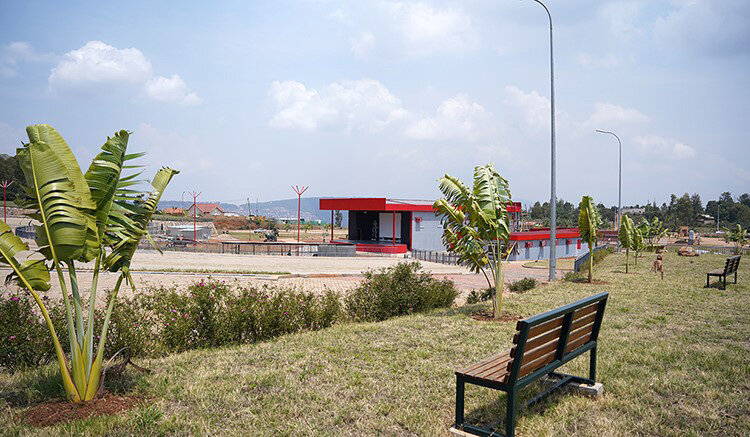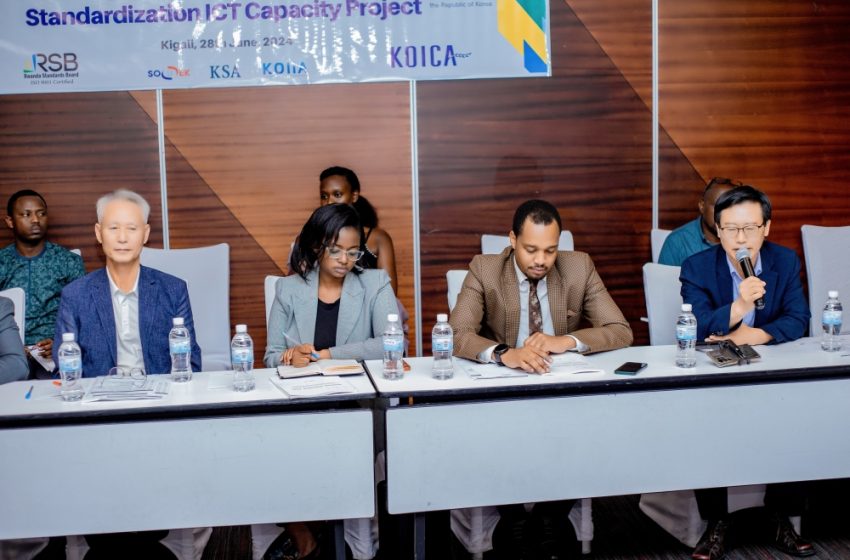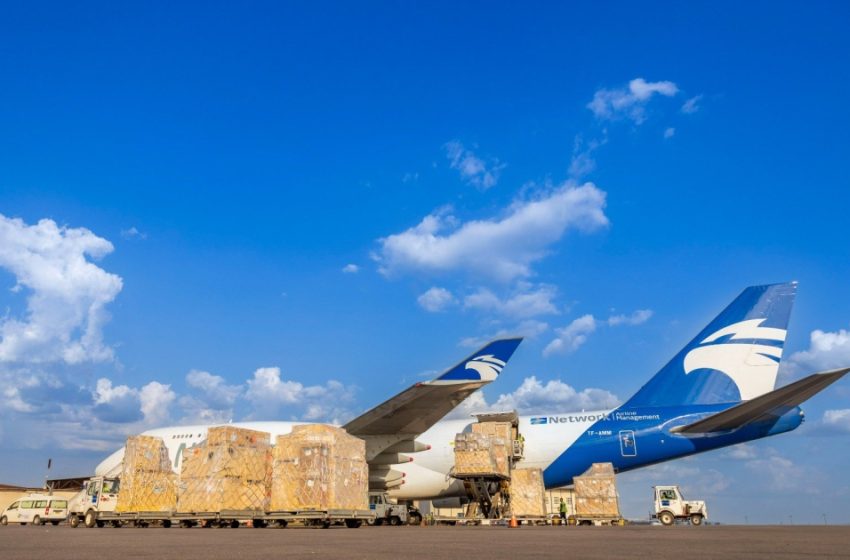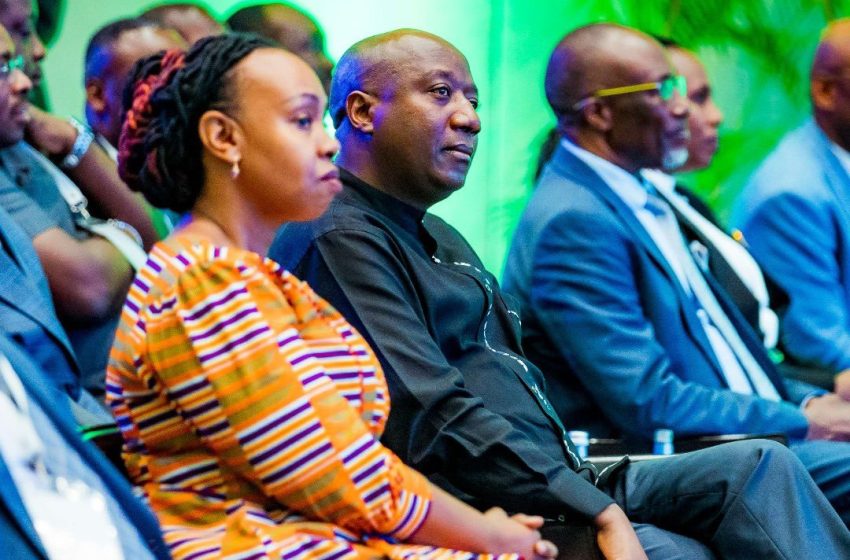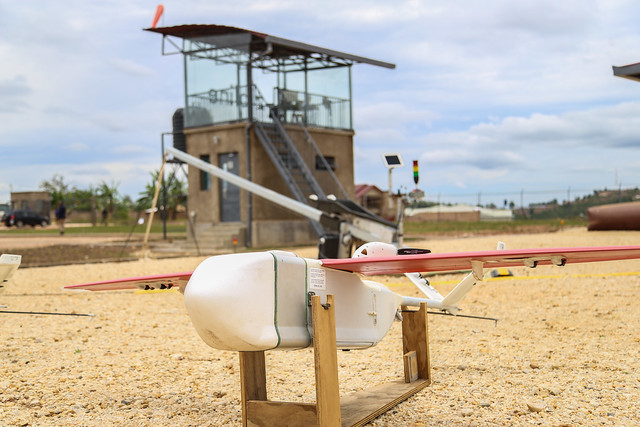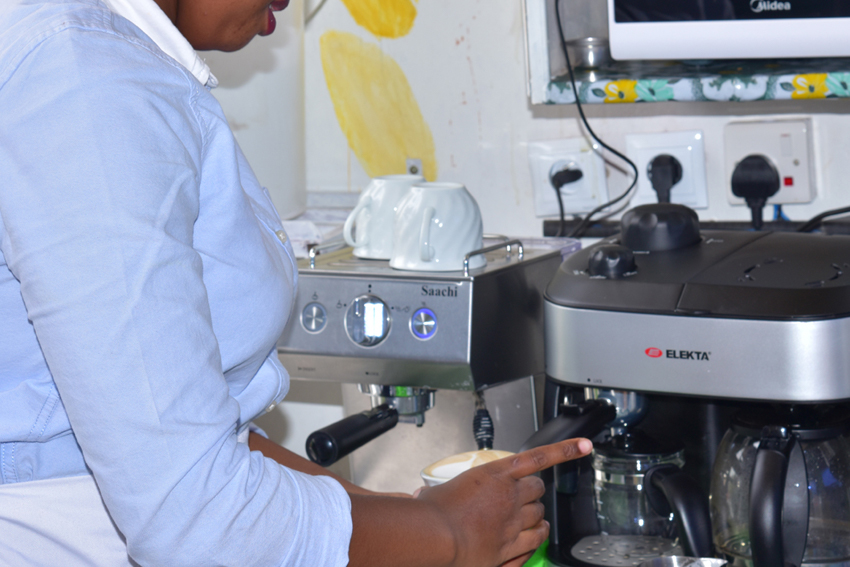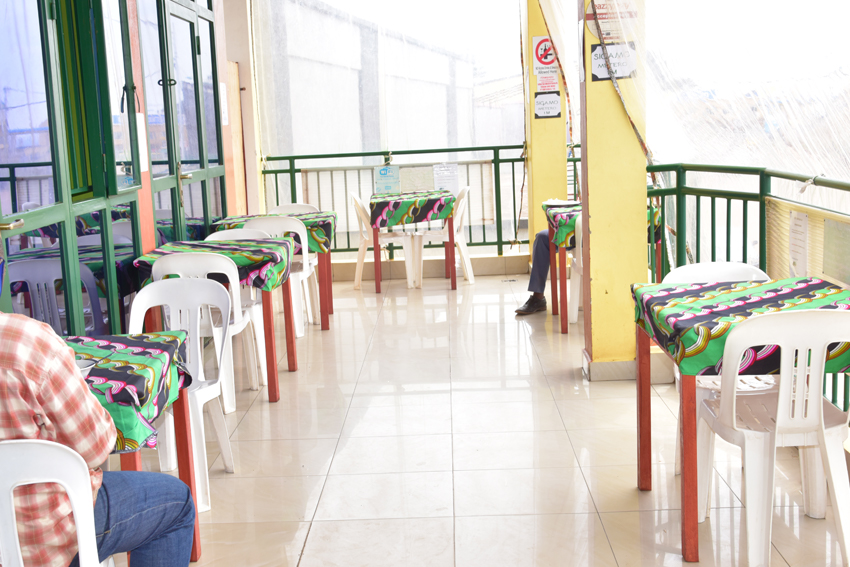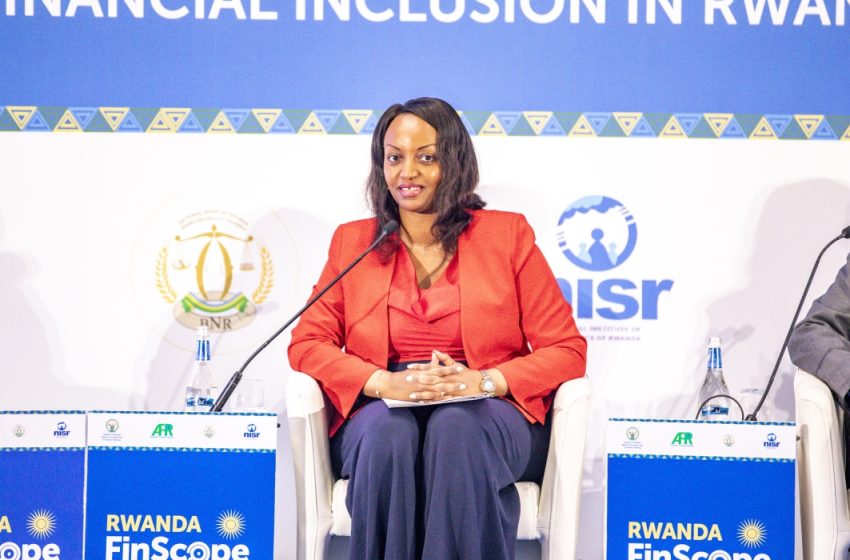
Surge in Financial Inclusion in Rwanda Driven by Mobile Money and Digital Services
The number of Rwandans accessing formal financial services and products surged by over 38.8 percent, reaching 7.5 million between 2020 and 2024, as reported by Access to Finance Rwanda (AFR) on June 20. This impressive growth implies that 92 percent of Rwandans now have access to formal financial services, which are defined as services offered by legally governed institutions.
These services are provided by banks, mobile money operators, insurance and pension companies, microfinance institutions, Savings and Credit Cooperative Societies (SACCOs), and regulated non-deposit-taking financial institutions. The significant increase in access to formal financial services was mainly driven by the proliferation of mobile money, insurance, and pension products.
The report highlighted that at least 70 percent of Rwandans have access to other formal financial services, excluding banks, up from 55 percent in 2020. Among those formally included, 91 percent use mobile money, 30 percent use SACCOs, 25 percent have access to pensions, 23 percent use insurance, and 6 percent prefer microfinance institutions (MFIs).
However, the increase in access was not uniform across all services. While access to mobile money services surged by 56.8 percent to 6.9 million, and access to insurance and pension products grew by 100 percent and 320 percent to 2.2 million and 2.1 million respectively, the number of Rwandans accessing SACCO and MFI services decreased significantly by 8 percent to 2.3 million and 4.6 percent to 636,000 respectively.
The report also revealed that only 22 percent of those financially included have bank accounts, translating to about 2.5 million people, or 31 percent of Rwanda’s total population, utilizing banking services. Urban residents are more likely to be banked, with 39 percent of the banked population residing in urban areas compared to 14 percent in rural areas. Conversely, rural areas see a higher usage of other formal financial services, with 76 percent of the rural population accessing these services compared to 56 percent in urban areas.
Patience Mutesi, Managing Director at BPR Bank Rwanda, attributed the limited banking access to the high costs of deploying banking services in remote areas. She explained, “Our model is quite expensive for us to go deeper into the villages. As borrowers and customers move towards non-bank formal structures, it becomes more costly for us to maintain branches in low-transaction areas.”
Access to credit remains a key challenge despite a slight improvement from 22 percent in 2020 to 24 percent in 2024. The number of people who did not borrow money in the past 12 months increased by 13 percent to 37 percent in 2024. The report linked the decline in credit access not to higher interest rates, but to a lack of perceived need for bank accounts, fear of repayment failure, and insufficient security or guarantees for credit acquisition.
Mutesi emphasized the need for financial products tailored to the specific needs of the population and suggested that partnerships with financial technology companies could help reverse the negative trend. Broadly, access to any form of financial products or services in Rwanda increased by 3 percentage points to 96 percent, or 7.9 million people, during the review period.
Digital financial services saw a significant rise, with usage jumping from 30 percent, or 2.1 million people in 2020, to 73 percent, or 5.9 million people in 2024. This growth reflects greater digitization and innovation, leading individuals and businesses to increasingly use electronic financial services.
Ivan Murenzi, Director General of the National Institute of Statistics of Rwanda (NISR), stressed the need to move beyond mere access to ensure affordability of financial services. He argued, “Access to financial services is a foundation, and we can only speak about moving beyond when the foundation is laid. Moving beyond access means enabling convenient and affordable use of services like bank accounts.”
Murenzi pointed to the automation of SACCOs as a key driver for improving credit access, particularly in remote areas. He emphasized that interoperability among financial service providers could further reduce costs and enhance service scale. “We need to get to that point where all players are interconnected. You will then start seeing scale happening and costs coming down,” he observed.
